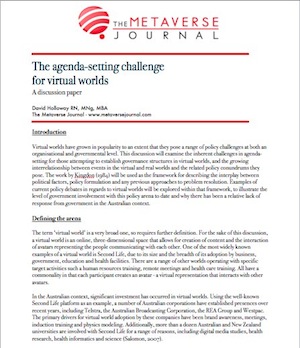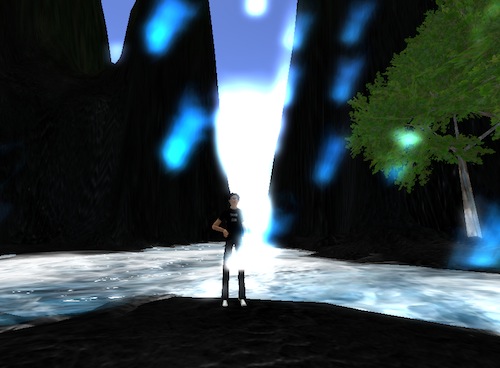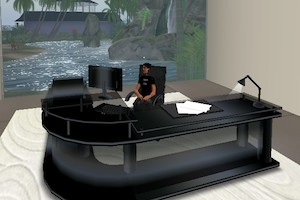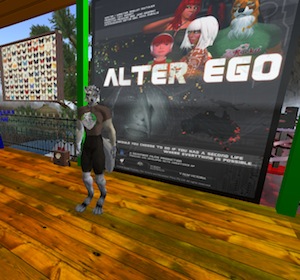 Just a quick heads-up that Beautiful Kate as of today is available locally (PAL version) on DVD.
Just a quick heads-up that Beautiful Kate as of today is available locally (PAL version) on DVD.
For those in the United States, the film is also showing this coming weekend at the Palm Spring International Film Festival. Hopefully that will lead to some wider screenings throughout the US.




 So, here I am, watching the
So, here I am, watching the  It’s coming up to a year since
It’s coming up to a year since  The latest round of winners in the University of Western Australia’s 3D Art and Design Challenge have been announced. The momentum of this competition continues to grow, with a huge number of entries and the addition of Linden Lab CEO Mark Kingdon to the final judging panel.
The latest round of winners in the University of Western Australia’s 3D Art and Design Challenge have been announced. The momentum of this competition continues to grow, with a huge number of entries and the addition of Linden Lab CEO Mark Kingdon to the final judging panel. I’ve been following the progress of
I’ve been following the progress of 

Recent Comments